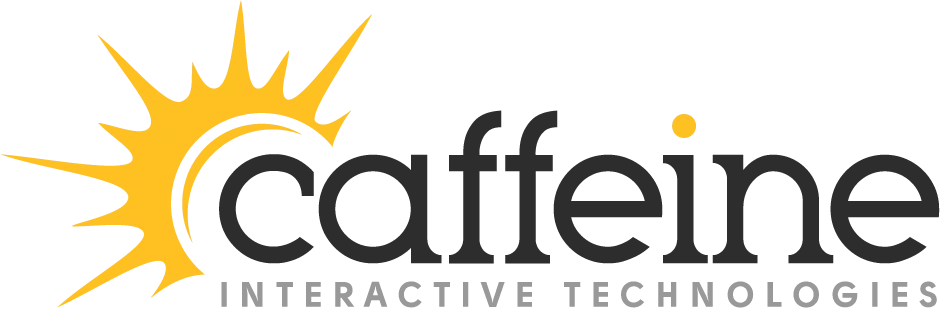When you visit a website, you may notice some sites use http:// and others use https://. Today, we are going to outline what HTTP and HTTPS is, if there is a difference between the two, and why it matters.
HTTP stands for “Hyper Text Transfer Protocol” and is “the protocol over which data is sent between your browser and the website that you are connected to.” If you add a “S” to HTTP, it means the connection is secure because all data is encrypted. In the past, HTTPS was used for shopping order forms and online banking to protect individuals’ confidential information.
These days, it is showing up more and more across various websites to make the internet safer for everyone. So much so, that starting July of 2018 Google Chrome will mark all HTTP sites as not safe. You may be familiar with this if you have ever gotten a notification that a website is not secure and it’ll ask if you want to proceed.

This is important for a couple reasons. One, you don’t want your website visitors to feel they are accepting a risk when they are trying to view your site. Two, it is becoming standard that all websites make the transition to HTTPS. While Google Chrome is the first browser to announce their new direction, it will not be long before other browsers follow suit.
The good news, this is a relatively cheap and simple fix. To do this you need to purchase an SSL certificate, activate it, install it, and update your site to HTTPS. Your website host should give the option to do this sometimes free of charge or included with your hosting services. However, speak with your website developer if you are unsure on how to successfully implement it as it could get a little technical, but a developer could do it with their eyes closed….although we don’t suggest developers really doing it with their eyes closed!
Once complete, your site is now secure!
Below is a quick overview of topics discussed today and a few other suggestions that are necessary to keep your website up-to-date, secure, and functional.
Initial Response Time
- Enable a SSL certificate on your site
- Update your CMS and theme
- Update your plugins and addons
